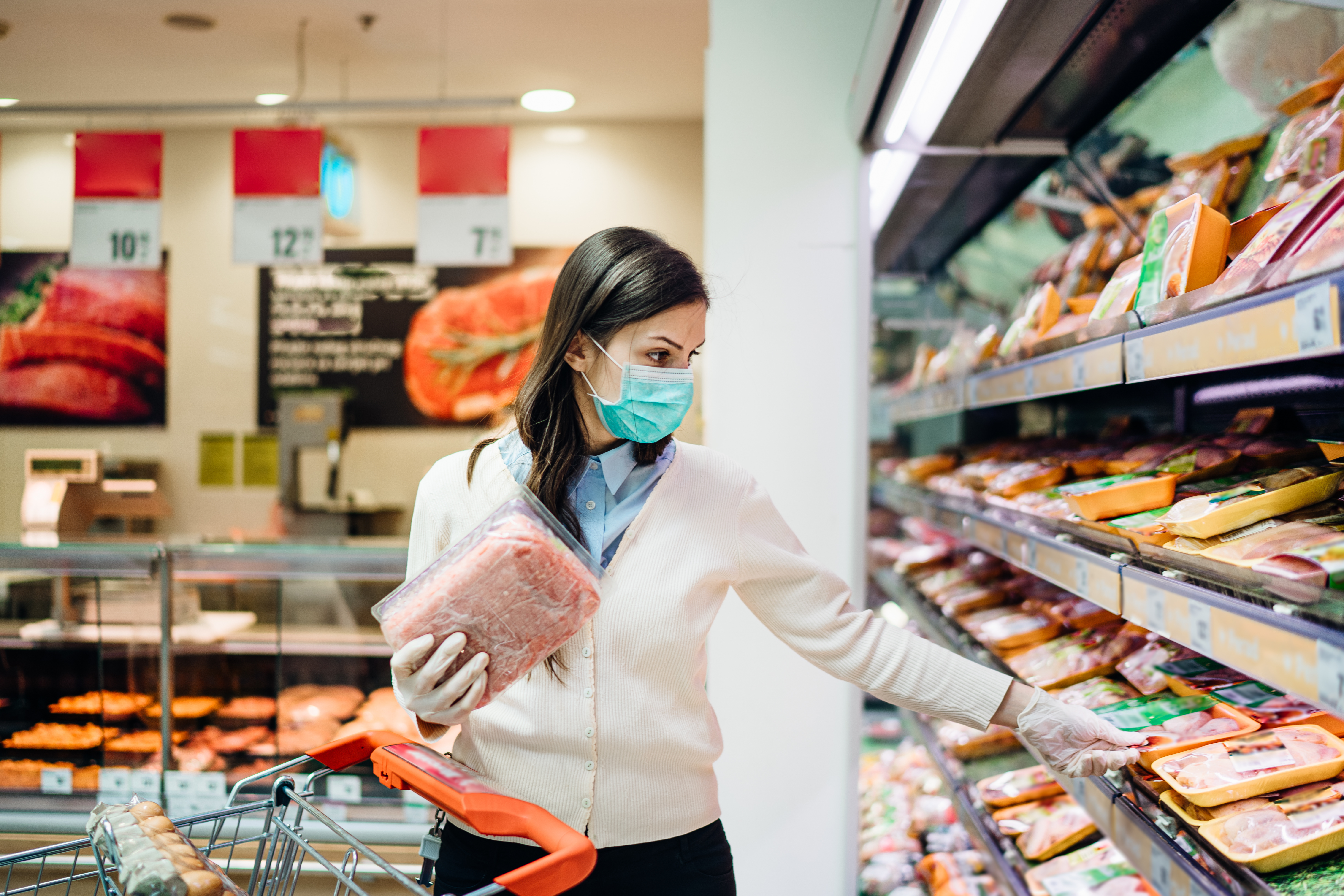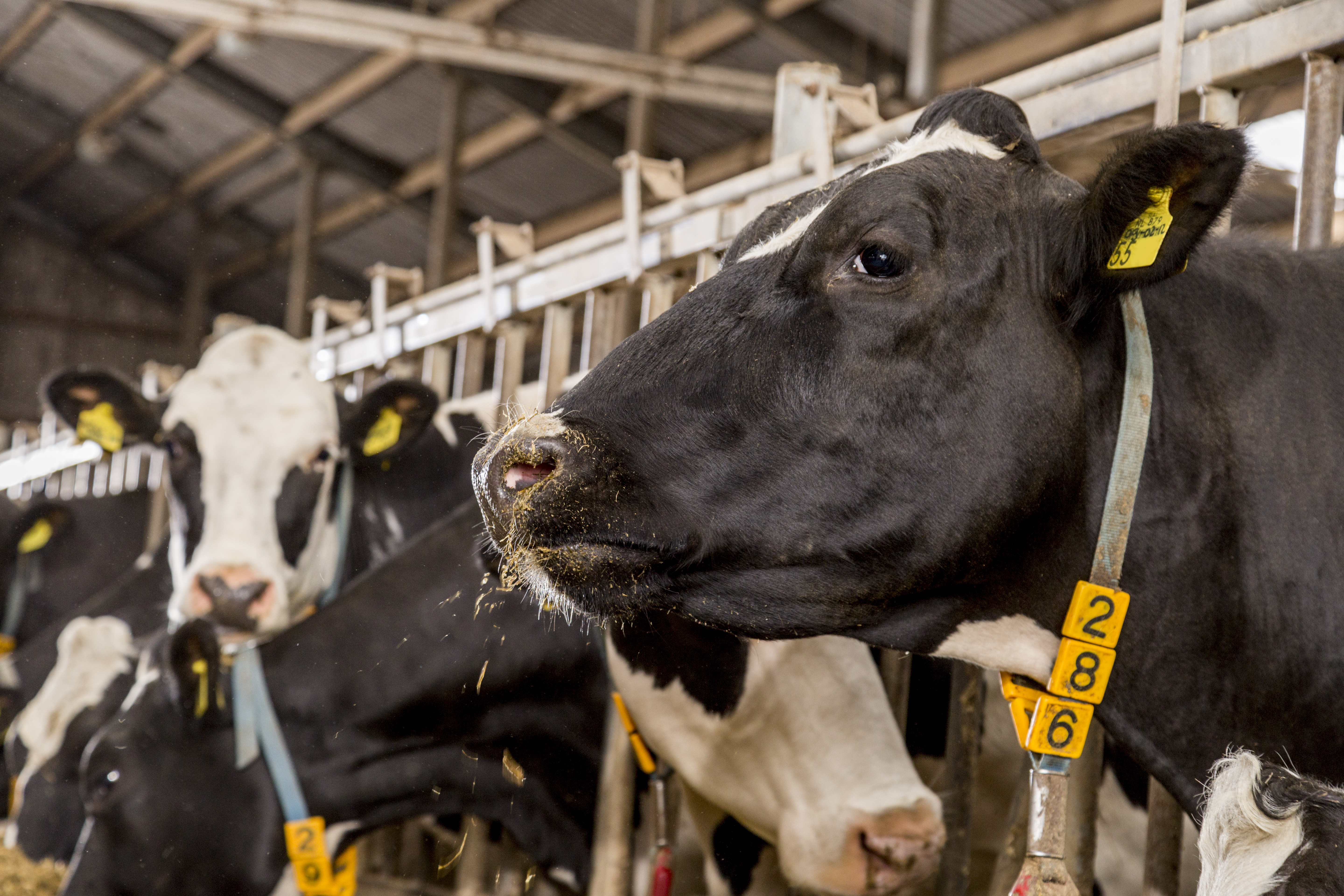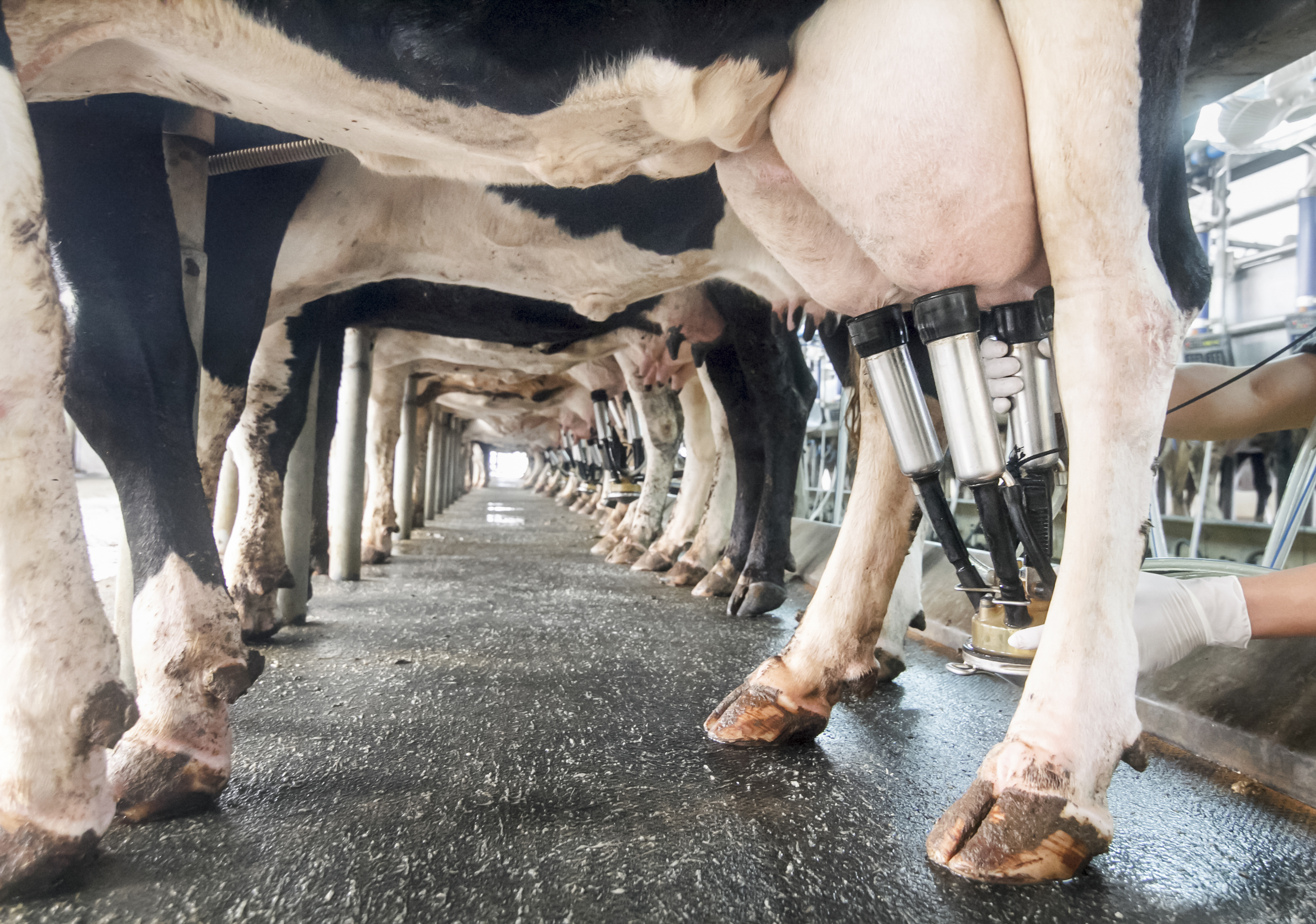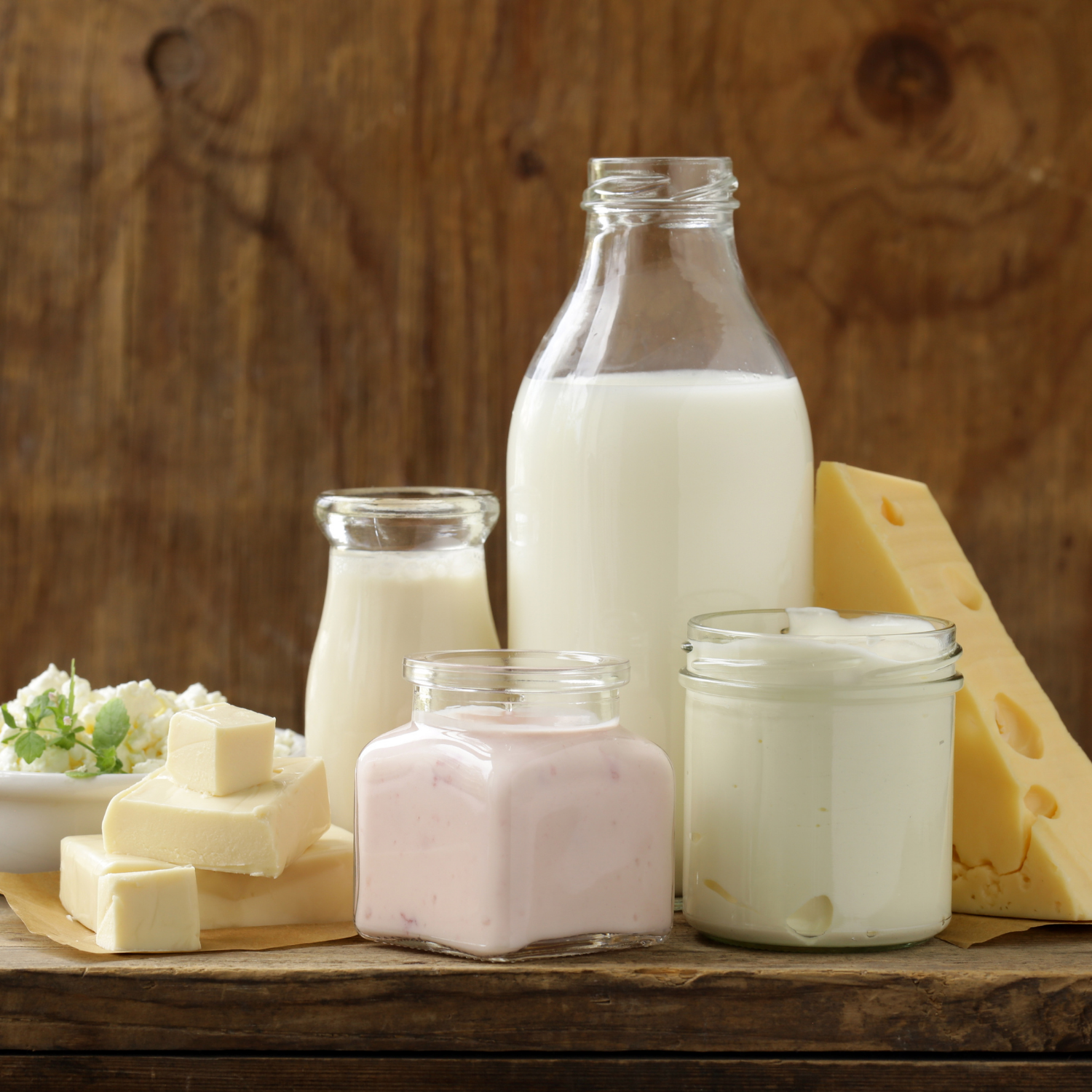



Weekly beef and dairy digest: US beef sales abroad continue to slip
Read the USDA outlook for beef and veal and see an in-depth analysis of Brazil's meat industry.Latest US purchase and export news
US beef net sales of 15,700 metric tonnes (MT) reported for 2021 were down 14% from the previous week and 23% from the prior four-week average. Increases primarily for Japan (6,300 MT, including decreases of 500 MT), China (3,300 MT, including decreases of 100 MT), South Korea (2,900 MT, including decreases of 400 MT), and Mexico (1,400 MT), were offset by reductions primarily for the Netherlands (100 MT).
For 2022, total net sales of 200 MT were reported for Canada. Exports of 19,000 MT were up 1% from the previous week and 3% from the prior four-week average. The destinations were primarily to South Korea (5,400 MT), Japan (4,900 MT), China (3,500 MT), Mexico (1,400 MT), and Taiwan (1,200 MT).
USDA requests comments on extending information collection for meat, egg product recalls
USDA’s Food Safety and Inspection Service (FSIS) is requesting comments by 14 June on renewing its authority to collect information on voluntary recalls of meat, poultry, and egg products.

FSIS can request firms recall meat, poultry, or egg products that have been imported or produced and are adulterated or misbranded. When making such requests, FSIS asks the recalling firm to provide basic information such as the “identity of the recalled product, the reason for the recall, and information about the distributors and retail consignees to whom the product was shipped.”
Companies are required to keep this information under the Federal Meat Inspection Act, the Poultry Products Inspection Act, and the Egg Products Inspection Act. FSIS said it has not changed its estimates on the burden of the data collection effort.
The current authority to collect the information expires Sept.30, 2021. The request is non-controversial, and the full expectation is the agency will put the extension in place before the current authority expires.
USDA beef and veal outlook
USDA forecasts total beef and veal global production nearly 2% higher year-over-year to 61.5 million tonnes in 2021 as output in Canada, India, and the United States rebounds after COVID-19-related processing disruptions impacted slaughter in 2020. Brazil production is expected higher, strengthened by domestic and export demand – particularly from China as it continues to face a pork deficit. In contrast, Australia production is forecast lower for the second consecutive year as producers rebuild cattle herds following a multi-year drought.
Production in the European Union is also expected to fall for a third successive year as the beef cattle herd contracts due to lower year-over-year margins. Global exports in 2021 are forecast up just over 2% to 11.1 million tons as Brazil, India, and US exports will more than offset the declines from Argentina, Australia, and New Zealand. Demand recovery in price-sensitive markets and more typical patterns of slaughter post COVID19 will buoy India exports. Meanwhile, an improving global economic environment and a weak real are expected to push Brazil exports to record levels. While most major exporters are forecast to have higher shipments this year, Argentina, Australia, and New Zealand are exceptions as lower supplies of slaughter-ready cattle tighten exportable supplies.

US production and exports
Production for 2021 is forecast to reach 12.6 million tonnes, roughly 2% higher on elevated weights and higher slaughter. Exports are expected to climb 6% to 1.4 million tonnes, supported by increased shipments to East Asia. Lower exports from Australia are expected to reduce competition.
In 2021, the United States is expected to remain the largest beef producer globally and the second largest exporter, fractionally ahead of Australia and India but trailing Brazil.
Updates on Brazil's beef industry
Brazilian beef processors stop production amid falling domestic demand, high cattle prices
A number of small, medium and large beef production facilities in Brazil have halted production as rising costs cannot be passed to consumers, squeezing profit margins, sources and industry representatives told Reuters.
“The price of cattle has risen by about 60% over a year and the industry was able to pass through 40% of costs at best,” Paulo Mustefaga, president of trade group Abrafigo, told the newswire.
In recent days, the 15-kilo arroba, a Brazilian benchmark for cattle prices, shot to a historic highs. Strong demand for beef exports, particularly from China, have dwindled supplies, with high feed costs also curbing production. Meanwhile, the COVID-19 pandemic has hit Brazil’s economy hard and reduced consumers’ purchasing power.
JBS plans to upgrade/expand processing facilities
JBS SA plans to invest 1.7 billion reais ($301 million) through 2023 to expand and upgrade seven plants in Rio Grande do Sul. JBS indicated the upgrades are meant to meet both domestic and foreign demand. Brazil’s meat processors have benefitted from strong Chinese demand in the wake of African swine fever, though high feed costs and limited cattle availability have recently caused some facilities to idle production.

Brazil meat exports on the rise
In 2021, USDA forecasts total Brazil meat exports up 5% from 2020, marking the tenth consecutive year of growth. A persistent pork supply deficit in China, a competitive real, and a recovery in the global economy are expected to fuel continued export growth.
This year, Brazil is expected to capture 23% of global meat exports. However, despite recent robust growth, Brazil’s market share is only 1 percentage point higher than 2018. Brazil’s share of global beef exports has increased the most in recent years, rising to an estimated 25% in 2021. Brazil beef exports have surged following the emergence of African swine fever (ASF) in China during 2018 and continued to grow last year despite a global recession and depressed foodservice business.
Recovering demand in the European Union and the Middle East as well as continued strength in China position Brazil for further export growth this year. Meanwhile, Brazil’s share of global pork exports has increased steadily in recent years and is forecast at 11% in 2021. Compared to exports of other major meats, pork exports are relatively small, but production has been rising with additional output allocated to export channels.
Pork exports in 2021 are estimated 73% higher than before China began struggling with ASF in 2018. On the other hand, the Brazil share of global chicken meat exports has remained relatively constant and is estimated at 32% this year. While Brazil chicken meat exports have strengthened since 2018, exports from other smaller suppliers, such as Thailand and Russia, have grown at a greater rate.
USDA weekly US milk market report
Fluid milk
Across the US, milk supplies are readily available. Throughout the East region, milk production varies from steadily building toward the peak in the Northeast and Mid-Atlantic to beyond the peak in Florida. Central and West milk production shows similar variations. Industry contacts have noted early signs of flush in some states.

Class I demand is steady to strong as educational institutions are refilling pipelines post-spring break. Some Class II/balancing operations are receiving heavy volumes of milk. Texas production of the resin needed to make gallon jugs was interrupted by the storms in February, and sourcing the resin is posing some challenges for bottling operations. It is difficult to ascertain the impact this may have on moving milk into retail. Additionally, mechanical issues at Midwestern butter plants and hauling delays in the Southwest were reported this week.
Cream supply is tightening in the Central and East. Western cream remains plentiful, and some is being transported out of the region. Condensed skim markets are stable, and some operations are working through steady contract sales. Cream multiples are 1.28 – 1.40 in the East, 1.22-1.34 in the Midwest, and 1.05-1.28 in the West.
Dry products
Low/medium heat non-fat dry milk (NDM) price ranges are higher in the West and steady in the Central and East. The mostly series for all regions narrowed as the lower end of the series increased. Domestic and international demands are being satisfied for the near term. The market tone is steady to bullish. Central and East high heat prices are stable this week; the West range widened at the top and the bottom. Market conditions vary across regions.
Dry buttermilk prices are steady to higher. Trading activities are unchanged, and market tones are steady. There are some shipping and container issues in the West region. Dry whole milk trading was active this week, and the top and bottom of the price range both inched up. Domestic markets and prices have felt upward pressure from international bullishness.
Dry whey prices increased. Market participants report both international and domestic demand is strong. The market tone is firm. Whey protein concentrate 34% prices are higher. Demand is hearty; inventories vary, but overall, supplies are a little tight. Lactose prices are higher. Manufacturers report that inventories are largely committed, but significant container and shipping challenges persist. Demand for lactose is mixed but has strengthened for standardization. Prices for acid casein and rennet casein are steady.

Organic dairy market news
The deadline to meet the certifications and standards for organic imports into Mexico is 26 June 2021. In April, there will be a seminar for information and certification process. Federal Milk Market Order 1, in New England, reports utilization of types of organic milk by pool plants during February 2021.
In the organic feed grade corn market, spot trading activities are fairly moderate. The demand for organic feed corn is solid in forward contracting for old and new crop. Organic feed soybean trading activities are moderate with strong buying interests. Forward contracting is active for organic feed and food grade soybeans. There are healthy demands for organic soybean meal. In addition, interests for organic feed wheat are reportedly good. Trading activities and market trends are lighter on all other organic grains at this time.
National retail report
The most advertised dairy item this week is conventional 48 to 64-ounce containers of ice cream. The national weighted average price is $3.22, up $0.05 from last week. There are no ads for organic 48 to 64-ounce ice cream.
Conventional 8 oz cream cheese has an average price of $1.72, down $0.02 from last week. Organic 8 oz cream cheese has an average price of $2.50, resulting in a $0.78 organic price premium.
TheCattleSite News Desk
IMPORTANT NOTE: I am not a futures broker and do not manage any trading accounts other than my own personal account. It is my goal to point out to you potential trading opportunities. However, it is up to you to: (1) decide when and if you want to initiate any traders and (2) determine the size of any trades you may initiate. Any trades I discuss are hypothetical in nature.
Here is what the Commodity Futures Trading Commission (CFTC) has said about futures trading (and I agree 100%): 1. Trading commodity futures and options is not for everyone. IT IS A VOLATILE, COMPLEX AND RISKY BUSINESS. Before you invest any money in futures or options contracts, you should consider your financial experience, goals and financial resources, and know how much you can afford to lose above and beyond your initial payment to a broker. You should understand commodity futures and options contracts and your obligations in entering into those contracts. You should understand your exposure to risk and other aspects of trading by thoroughly reviewing the risk disclosure documents your broker is required to give you.



